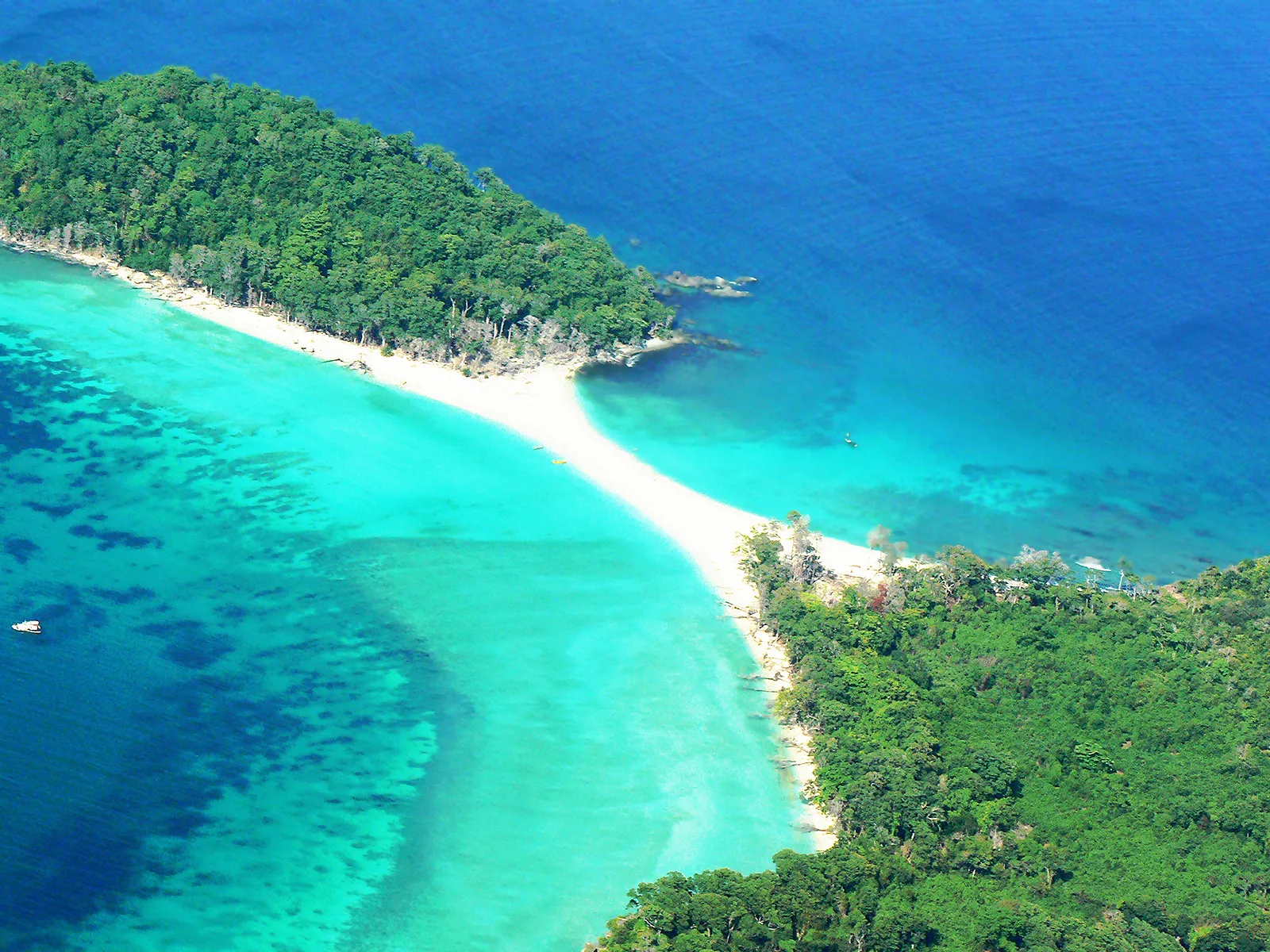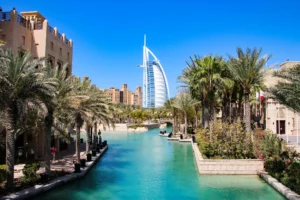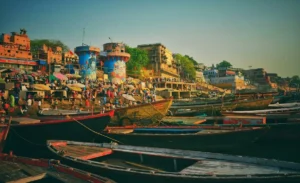India, with its rich cultural heritage, diverse landscapes, and long historical significance, is home to several islands that are famous for tourism, including the Andaman and Nicobar Islands and Lakshwadeep. The Andaman and Nicobar Islands, located off the southeastern coast of the Indian peninsula, are considered the best Indian islands for tourism. A rich and diverse biological landscape, coupled with a long and interesting historical significance, along with cultural diversity, is what makes this archipelago an extremely popular choice for Indian as well as foreign tourists. Havelock Island, in particular, is considered the most tourist-friendly spot with its breathtaking beaches, diverse flora and fauna, and multiple water activities like scuba diving, snorkelling, surfing, and crystal clear waters. In this blog, we’ll delve deeper into what makes Andaman and Nicobar Islands such a famous choice for tourists from across the world.
Rich Natural Beauty
The diverse flora and fauna and beautiful natural landscape of these islands are nearly indescribable in words that can do it true justice. The Andaman and Nicobar Islands have spectacular beaches with lush greenery and clear blue waters that will make any nature lover swoon over its beauty. A true haven for nature enthusiasts, the archipelago has 572 small islands, of which 37 are inhabited, with marine life so rich that it is home to some species which can only be found in this part of the world. These include the Andaman Wild Pig, the Nicobar Flying Fox, and the Andaman Masked Palm Civet. The archipelago is also a birdwatcher’s paradise, home to over 270 bird species, including the Andaman Wood Pigeon, the Nicobar Parakeet, and the Andaman Drongo. The islands are surrounded by vibrant coral reefs full of diverse marine species, which can be explored and experienced while snorkelling.
Historical Significance
The history of this archipelago dates back thousands of years. Over time, many different tribes called the islands home, including the Andamanese, Onges, Sentinelese, Shompens, and Jharwas, who have survived over the course of thousands of years and still live on these islands. The archipelago was also a part of the Chola dynasty when it was used as a naval base to carry out expeditions to explore foreign lands. It was later passed on to the Danish, who colonised it. After the Danish, the British took over when they colonised India and built the infamous Cellular Jail in Port Blair, also known as ‘Kala Pani,’ which was used to imprison political prisoners. The jail is now a UNESCO heritage site, and has a light and sound show which tells the story of the Indian freedom struggle.
Cultural Diversity
The Andaman and Nicobar Islands boast a rich cultural diversity, having been inhabited by such diverse people since ancient times. Their culture is an interesting blend, influenced by indigenous tribes, settlers from the Indian mainland, and various other ethnic groups. It is an amalgamation of various traditions, languages, and festivals, including the Negrito in Andaman, Shompen, and Mongoloid Nicobarese, apart from Bengalis, Tamils, and Christians who add their traditions to the Andaman and Nicobar Culture Islands.
Cuisine
Recipes with South Indian, Bengali, and Burmese influences highlight the archipelago’s unique cuisine. Being a group of islands, it is no surprise that Seafood is the main cuisine savoured by many across the Andaman and Nicobar Islands. Popular seafood dishes include fish curry, crab masala, and prawn biryani. The island’s diverse heritage is also reflected in flavours prominently featuring coconut, spices, and tropical fruits. Some other popular local dishes include Amritsari kulcha, chilli curry, macher jhol, and chicken tikka masala.
Ecotourism and Sustainable Travel
The Andaman and Nicobar Islands are a paradise for eco-tourists with their rich ecological diversity. The archipelago also promotes sustainable tourism. Most of the resorts across these islands promote environment-friendly tourism in order to maintain the breathtaking natural beauty of the place. Efforts are made to preserve the natural habitat and minimise the impact of tourism on the environment.
Accessibility and Accommodation
The capital of the archipelago, Port Blair, is accessible from all major Indian cities by air and sea. In addition, there are regular ferries to all the tourist islands from Port Blair. Therefore, travel to any of the tourist-friendly islands in Andaman and Nicobar is hassle-free. There are plenty of options for accommodation, ranging from budget-friendly guesthouses to luxury resorts, ensuring that there is something for every budget and preference.
Activities to Do
From adventure sports and water sports to leisurely walks, there is something to do for each tourist in Andaman and Nicobar. Snorkelling, surfing, scuba diving and other water sports are the most popular attractions on these islands. For people not too keen on water, there are also elephant rides and jungle treks through the lush greenery available for a dose of adventure on land. The islands offer something for every type of tourist, as those only looking to relax can find the calm and serene beaches an ideal spot to do so.
Popular Islands for Tourists
Havelock Island (Swaraj Dweep) is a popular destination for all types of travellers, with its stunning beaches and adventure activities. Radhanagar Beach is the most popular beach in Andaman and Nicobar, with its powdery white sand and turquoise waters perfect for sunbathing and swimming. Elephant Beach is famous for water sports, including snorkelling and jet skiing. For scuba diving enthusiasts, Havelock Island offers some of the best dive sites in India, such as the Lighthouse and Aquarium.
Neil Island (Shaheed Dweep) is popular among tourists for its tranquillity and stunning landscapes. Bharatpur Beach, Laxmanpur Beach, and Sitapur Beach are the best choices for tourists looking for serenity and relaxation. It is also one of the best islands for snorkelling owing to the beautiful coral reefs that surround it.
Ross Island was once the administrative headquarters of the British and is now a historical site. It comprises ruins of colonial buildings, including a church, bakery, and commissioner’s house. It also doubles as a nature paradise with deer, peacocks, and other wildlife, adding to its charm.
Baratang Island has a different charm, with its mangrove creeks, limestone caves, and the unique mud volcano. It provides a unique, adventurous journey through the dense mangrove forests to the limestone caves. It is the ideal choice for those who seek off-the-beaten-path adventures.







